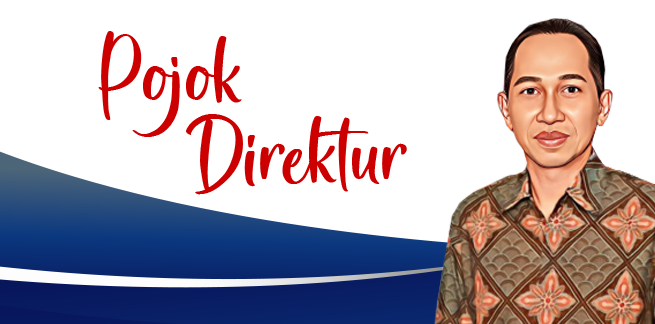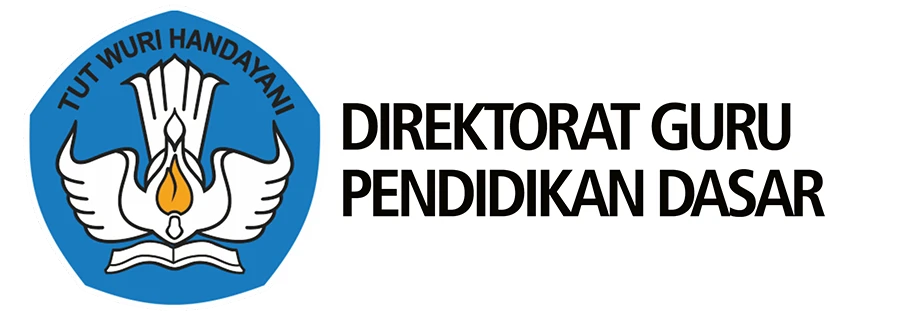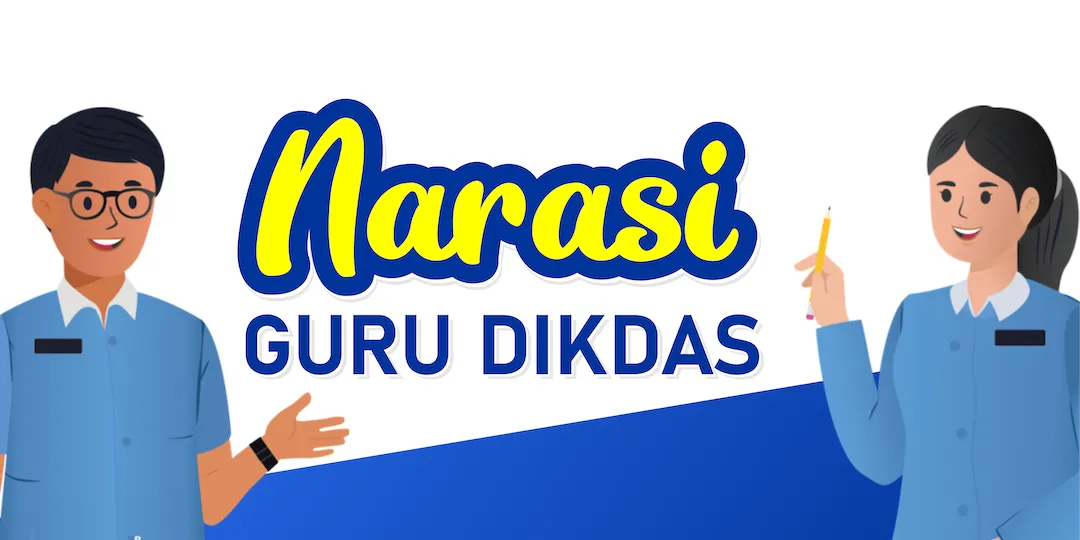Pengembangan Media Komik Digital Berbasis STEM untuk Meningkatkan Literasi Sains Siswa Sekolah Dasar
DOI:
https://doi.org/10.26811/didaktika.v5i3.343Abstract
The low motivation of students in increasing scientific literacy is evidenced by the low learning outcomes of grade VI students. This study aims to develop STEM-based digital comic media to improve students' scientific literacy skills, especially the dimensions of process, content, and context. This type of research is 4D research and development (Research & Development) through a descriptive approach. The development stages are Define, Design, Development, and Disseminate. Research during this pandemic was only carried out up to 3 stages of development. This research was validated by competent experts and teachers. Validation aspects include aspects of material feasibility, linguistic feasibility, and graphic feasibility. In terms of practicality, this media development uses 20 student responses and 1 teacher response. The use of tests in this study was only carried out to determine the cognitive improvement of students. Based on the validation results by 2 material experts, 2 media experts, and 2 graphic experts developing STEM-based digital comic media, the average score is 3.24, very feasible category with little input. The development of STEM-based digital comic media to improve student literacy skills in the dimensions of process, content, and context, it can be concluded that, for the three dimensional aspects, the average response is 97.85%, so that STEM-based digital comic media is categorized as very practical and the media is very feasible and practical. used for learning.
References
Abtahi, M., & Battell, C. (2017). Integrate Social Justice Into the Mathematics Curriculum in Learning. Jurnal Ilmiah Peuradeun, 5(1), 101-114. doi:10.26811/peuradeun.v5i1.123
Arifin, Zainal. (2012). Penelitian Pendidikan: Metode dan Paradigma Baru. Bandung: PT. Remaja Rosdakarya.
Badarch, L., & Zanabar, A. (2017). Dimensions of Hotel Service Quality in Mongolia. Jurnal Ilmiah Peuradeun, 5(2), 141-156. doi:10.26811/peuradeun.v5i2.130
BSNP, (2011). Standar Kompetensi dan Kompetensi Standar sekolah Dasar/ Madrasah Ibtidaiyah (Lampiran 1 Peraturan Mendiknas No. 22 Tahun 2006). Jakarta: Kementrian Pendidikan Nasional.
Hariyanto, B. (2020). Pengembangan Aplikasi Anola Berbasis Android untuk Pembelajaran Atletik Nomor Lari Jarak Pendek. Jurnal Didaktika Pendidikan Dasar, 4(2), 515-536. https://doi.org/10.26811/didaktika.v4i2.150
Jalilehvand, M. (2012). The Effects of Text Length and Picture on Reading Comprehension of Iranian EFL Students. Asian Social Science, 8(3), 111-112.
Mardapi, Djemari. (2008). Teknik Penyusunan Instrumen Tes dan Non-Tes, Yogyakarta: Mitra Cendikia Press
Ninoersy, T., Tabrani, Z. A., & Wathan, N. (2019). Manajemen Perencanaan Pembelajaran Bahasa Arab Berbasis Kurikulum 2013 pada SMAN 1 Aceh Barat. FITRAH: Jurnal Kajian Ilmu-ilmu Keislaman, 5(1), 83-102. doi: https://doi.org/10.24952/fitrah.v5i1.1759
Prasetyaningrum, E. W. (2020). Peningkatan Hasil Belajar Peserta Didik Konsep Pra Aksara Melalui Strategi Digital Pre-Historic Assesment. Jurnal Didaktika Pendidikan Dasar, 4(3), 655-676. https://doi.org/10.26811/didaktika.v4i3.128
Rahman, A.A. (2020). Pengembangan Media Pembelajaran Aquoponik-Induksi Elektromagnetik untuk Meningkatkan Literasi Sains Siswa Melalui Pembelajaran Berbasis STEM. Jurnal Didaktika Pendidikan Dasar. 4(2)
Saminan, S., Risa, N., & Hamid, T. (2017). Implementation of ARIAS Learning Model Integrated With Constructivist Theory to Improve Student Learning Outcomes. Jurnal Ilmiah Peuradeun, 5(2), 213-224. doi:10.26811/peuradeun.v5i2.124
Sugiyono. (2013). Metode Penelitian Kuantitatif, Kualitatif dan R&D. Bandung: CV. Alfabeta.
Sugiyono. 2015. Metode Penelitian Pendidikan (Pendekatan Kuantitatif, Kualitatif dan R&D). Bandung: CV. Alfabeta.
Sutrisno, R.R & Hamdu, G. (2020). Aplikasi Mobile Learning Model Pembelajaran STEM Untuk Guru Sekolah Dasar. Jurnal Kajian Teknologi Pendidikan. 3(3).
Tabrani ZA. (2014). Dasar-Dasar Metodologi Penelitian Kualitatif. Yogyakarta: Darussalam Publishing.
Thiagarajan, Sivasailam, dkk. (1974). Instructional Development for Training Teachers of Exceptional Children. Washinton DC: National center for improvement educational system.
Walidin, W., Idris, S., & Tabrani ZA. (2015). Metodologi Penelitian Kualitatif & Grounded Theory. Banda Aceh: FTK Ar-Raniry Press.
Yuliati, Y. (2017). Literasi Sains dalam Pembelajaran IPA. Jurnal Cakrawala Pendas, 3(2), 21-28.
Yusrizal, Y., & Hanif, K. (2017). Increasing of Students’ Motivation in Learning Physics Through the Use of Computer Simulation Media Viewed From Parents’ Employment Background. Jurnal Ilmiah Peuradeun, 5(2), 201-212. doi:10.26811/peuradeun.v5i2.129
Published
Issue
Section
License
Copyright (c) 2021 Jurnal Didaktika Pendidikan Dasar

This work is licensed under a Creative Commons Attribution-ShareAlike 4.0 International License.
















